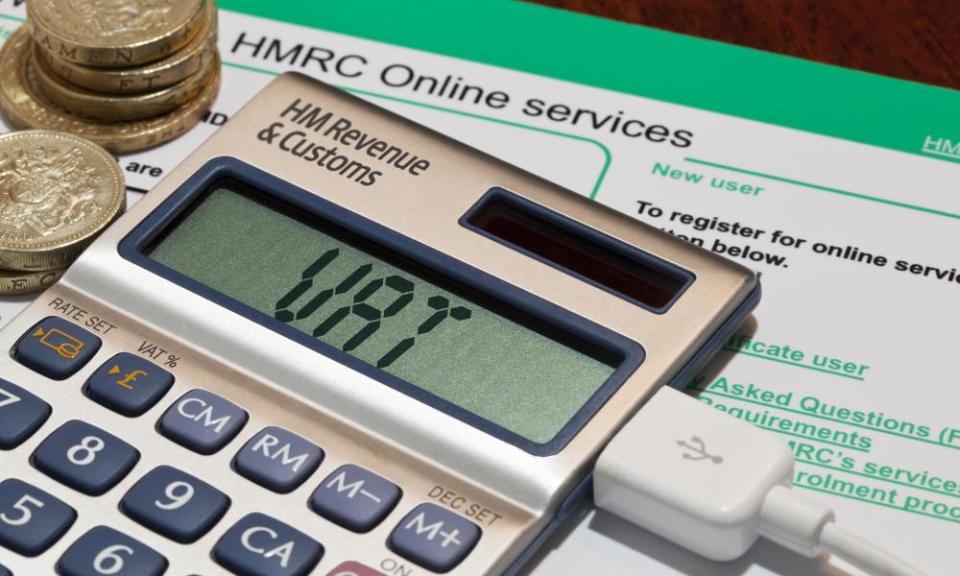UK budget deficit narrows to lowest level September since 2007

Britain’s budget deficit has fallen to its lowest level in any September for the last 10 years, as higher than-expected tax recepits handed Philip Hammond a boost ahead of next month’s autumn budget.
The 11% drop from September last year shows the government’s finances putting in a better than expected performance despite recent Brexit turmoil and a sharp slowdown in GDP growth.
The government's finances are measured each month by the Office for National Statistics (ONS). Tax receipts make up the vast majority of government income, while spending on welfare and services make up most of its outgoings.
Income tax, national insurance and value added tax (VAT) are the biggest sources of income. Spending on schools, healthcare and a welfare bill dominated by pensions are the major costs.
Since the 2000/01 financial year, government's have consistently racked up deficits, tough not all have added to the overall debt to GDP ratio.
A deficit of 2% expected this year compares to a likely GDP growth rate of 3.5% before taking inflation into account. That means a small annual deficit, all other things being equal, will still allow the government to bring down the overall debt to GDP ratio.
On the standard measure of public sector net borrowing (PSNB), the ONS will exclude borrowing to finance state-owned banks and the effects of the Bank of England's complicated quantitative easing scheme.
Analysts said that if tax and spending plans remain on course for the rest of the financial year, the exchequer will undershoot official predictions for the annual 2017-18 deficit – the gap between government income and expenditure – by around £10bn, pushing it nearer to £48bn than the official forecast of £58bn.
However, analysts have warned that much of the extra room for spending in the budget – as indicated by the narrower-than-expected deficit – could evaporate should Brexit talks generate more uncertainty, in turn hitting investment and tax receipts.
Another blow is expected once the Office for Budget Responsibility, the government’s economic forecaster, makes good on hints it will dramatically revise down its forecasts for productivity growth and tax receipt income for rest of the parliament.
The ratings agency Moody’s downgraded the UK’s credit status last month after it warned that the debt pile was likely to continue rising while the government coped with the fallout from Brexit.
Mounting pressure on the chancellor to put more money into the NHS and school budgets while relaxing severe cuts on in-work benefits, could also deny Hammond vital funds for investment and improvements to UK infrastructure.
The Office for National Statistics said the public spending deficit stood at £5.9bn in September, lower than a forecast of £6.5bn in a Reuters poll of economists. September’s figures marked the third straight month in which the public finances performed much better than analysts had expected, even as the economy has suffered from uncertainty created by Brexit negotiations.
John Hawksworth, senior economic adviser at the consultancy PwC, said the improvement was largely a spin-off from rising inflation, which raised the price of goods in the shops with the knock-on effect of boosting VAT receipts.
ONS figures show a rise in VAT income was also largely behind improvements in August and July.
Samuel Tombs, chief UK economist at Pantheon Macroeconomics, said September’s modest borrowing left the cumulative deficit for the first six months of the financial year at £32.5bn, which is only £2.5bn lower than in the same period last year. Tombs said the deficit is on course to be £10bn lower by next March than the latest forecast by the Office for Budget Responsibility.
“Borrowing now appears to be on track to come in at about £48bn this fiscal year, £10bn or so below the OBR’s March forecast. The OBR, however, likely will downgrade in forecasts for productivity, countering the beneficial impact of this year’s borrowing undershoot in future years,” Tombs said.
The OBR said September’s figures were helped by a rebate from the European Union on contributions to Brussels following a period of underspending by member states. Another factor was lower than expected outgoings on tax credits and universal credit where spending during the first half of the financial year was down 5% on a year earlier
It said: “Interpreting this is complicated, since some of the drop relates to some of the caseload moving to universal credit. Our March forecast assumed that tax credits spending would fall 2.6%, with the decline more than explained by the shift to universal credit. In fact, spending seems to be falling in underlying terms too, with new claims lower than expected.”
Laith Khalaf, a senior analyst at the stockbroker Hargreaves Lansdown, said: “Given record low unemployment and surprisingly robust retail sales, it’s not hard to see why the Treasury is making inroads on bringing its borrowing back in line.
“Despite the improving fiscal outlook, we can’t expect too many giveaways in the forthcoming budget. While the deficit is falling, the government still owes an eye-watering amount of money.”
A Treasury spokesman said: “While we’ve made great progress getting the deficit down by over two-thirds, government borrowing is still far too high at over £150m a day. We will continue to take a balanced approach that deals with our debts and allows us to invest in our public services.”

 Yahoo Finance
Yahoo Finance 